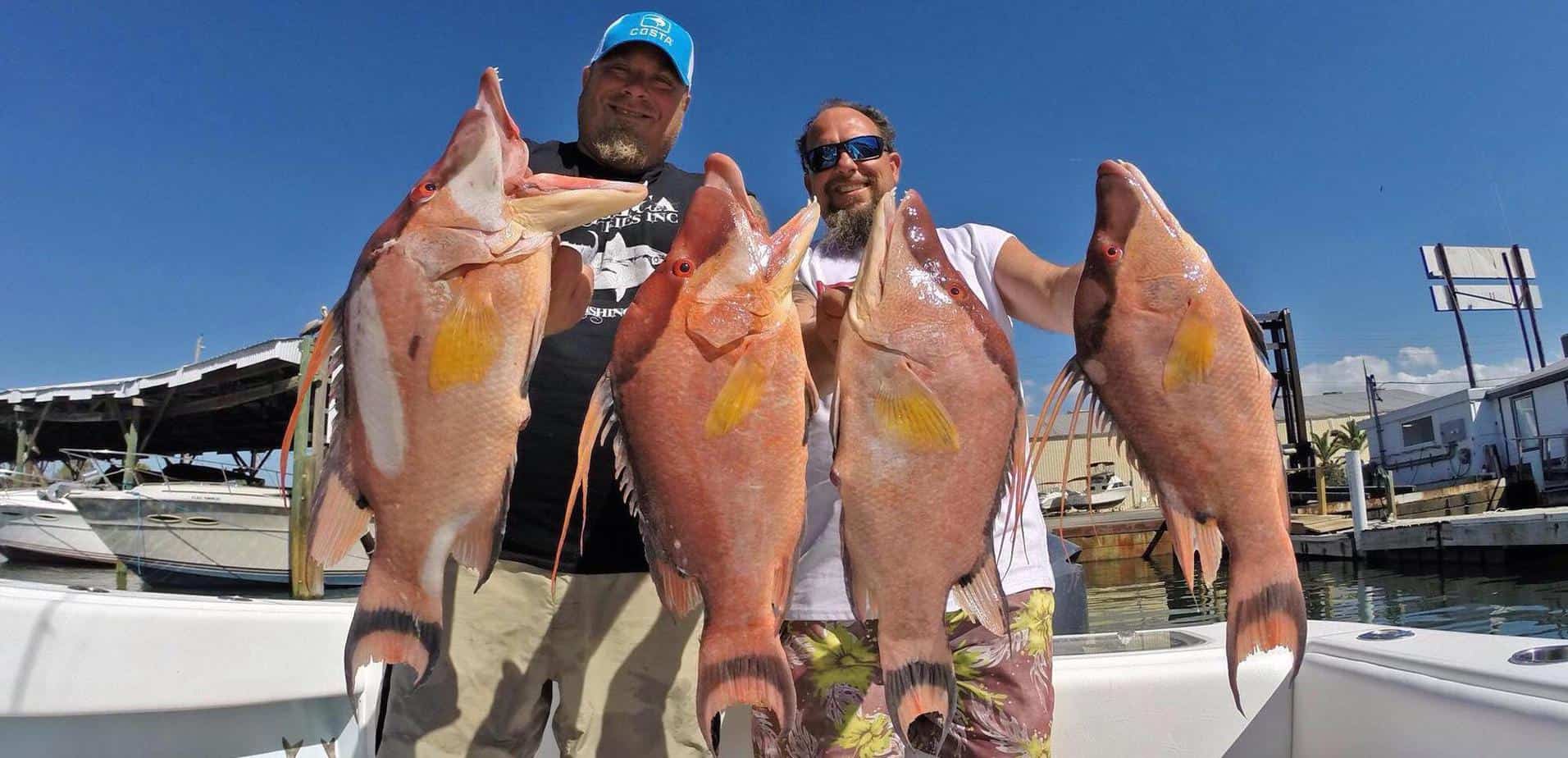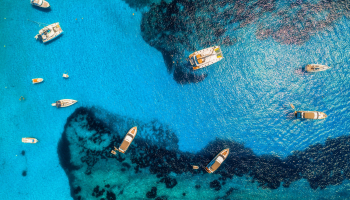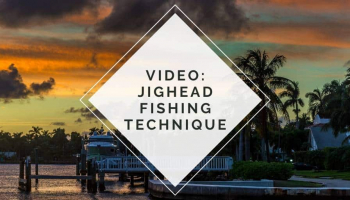
“I think it’s a grouper,” I said as my Shimano 4000 Spheros’ drag was singing. “Actually it might be a jack … maybe a snapper?”
The fish 65 feet below was darting left and right, heading for the rocks, shaking its head and just acting nuts, leaving me confused to it’s identity. After a few minutes, I saw the color below.
“Hogfish!”
As the beautiful male hog slid over the transom, I finally accomplished something I’ve set out many years to do, catch a hogfish on hook and line. I’ve seen so many reports of other anglers doing the same, so I knew it was a matter of time as long as the effort was put in. My goal was accomplished with the help of a small, live shrimp, 1/0 owner circle hook, 30-pound fluorocarbon leader and 2-ounce egg sinker.
I was excited to catch one and knew there were more below. We caught grunts, porgies, grouper and more, but only one hogfish came to the surface. All winter, I’ve seen other anglers like Capt. Tommy Butler of Island Lure Fishing Adventures targeting hogfish on hook and line successfully, so I wanted to know what he was doing to ensure success.
What is it that makes them decide to bite?
“They are spawning this time of year, and are very aggressive,” Butler explained. “There is a two- or three-month window where they will eat, and the rest of the year they can’t be caught like this.”
Butler has made it look easy this winter, catching between seven and 15 hogfish per trip. Last Friday, he ventured out to 120 feet of water, where his anglers landed their limit and then some, with the biggest hogfish at more than 15 pounds. This shouldn’t come as a surprise to anyone familiar with Butler. He is known for being one of the best offshore anglers on the west coast of Florida, routinely bringing in monster fish during local tournaments.
“We’ve seen the best hogfishing between 42 and 65 feet this year. Our tactic is using 50-60-pound test, with 60-pound leader, a 3/0 hook and lead that varies depending on the current. Shrimp is the best bait, while green mussels and fiddler crabs work as well,” Butler said.
“We use heavier tackle because when they are aggressive, they’ll still eat it. The longer you sit on one spot, the better. You’ll usually hook gags, and if you break off a gag it tends to turn the other fish off. This lets us land most gags and not worry about break-offs. The longer you sit at a spot, the better the chance of catching hogs.”
At the end of the day, when all the fish are lying on the table and ready to be filleted, Butler’s work isn’t done. As a curious angler, he’s always looking to learn what fish are eating. For hogfish, he began to inspect their diet and noticed shells and crab chunks in a lot of them. Now, he uses the leftover hogfish stomachs for chum next time he is fishing, and said it works like a charm!
“If you chum like you want to catch snapper or grouper, you’ll probably end up catching a lot of snapper or grouper,” he said. “The hogfish have such a specific diet, this is the best way to get them feeding.”
Butler is always happy to target hogs and says they are his favorite fish to eat in the Gulf of Mexico. In the near future, his plan is to head to the Florida middlegrounds about 90 miles west north west of Bradenton for some of the biggest hogfish in the Gulf. “It’s world class, something we really pioneered,” Butler said.
Capt. Butler can be reached at 727-FISHING (727-347-4464) or through his website at www.islandlure.com. Fishing with Capt. Butler is a great experience that will teach any angler how to catch more fish.








